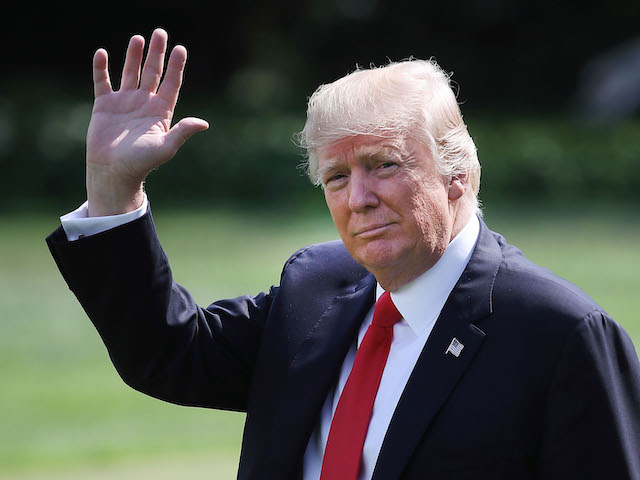This past week, President Donald Trump ordered the withdrawal of American military personnel stationed in Syria, citing ISIS’ ‘defeat’ as the main factor of his decision. To Trump’s surprise, his friends in the media didn’t herald him as the Christmas hero he expected. Rather, the media has been extremely critical of Trump’s decision (shocker), highlighting the threat of a return to strength for ISIS in Syria. While an ISIS renaissance in Syria is feasible, the media seems to be completely ignoring what might be the most at-risk region: North Africa.
While ISIS will remain a threat to the country as long as Syria maintains its chaotic state, American forces have helped to largely decimate the Islamic state’s militants while also overtaking major strongholds in Raqqa as well as Mosul, Iraq. With the exception of the Middle East’s numerous failed states, North Africa is perhaps the most at-risk area for ISIS to rebound and resurrect. Given the group’s propensity to target states dealing with unrest and disapproval in government, what remains of ISIS will undoubtedly attempt a southern renaissance, where their ally Boko Haram terrorizes Africans daily.
One of the major arms dealing zones in Africa lies in Libya, and ever since the fall of Gaddafi and the rise of the Arab Spring, Libya has been in shambles. ISIS has already shown its face in Libya, controlling Benghazi for nearly three years until Libyan General Khalifa Haftar announced ISIS’ defeat at the hands of his forces. However, the Islamic State’s presence in Libya could expand ten-fold should the U.S. fail to cooperate with Egyptian forces from Cairo.
To the east, ISIS has also become more and more active on opposite shores of the Aden Gulf in Yemen and Somalia. In Yemen, ISIS and al-Qaeda are taking advantage of a war-torn nation dealing with constant Saudi-backed air strikes. And, per the UN, 60% of the 6,800+ civilian deaths throughout the conflict have actually derived from these Saudi-led coalition strikes. The fact that Trump opposed exiting the conflict and pulling aid from the Saudi coalition is an extremely hotly contested topic.
While Syria gets most of the media coverage, Yemen might just be the most important place to suppress ISIS. And, to do that, as the past decade has proven, America needs to step in and take the lead. However, the civilian deaths in Yemen linked to Saudi artillery strikes are a big issue, and the fact that Trump wants to continue supporting the Saudis despite this is quite troubling for many, including the Senate. While the President fears the image of a globalist, Trump seems to understand the risk of ISIS in Yemen and other North African nations, and the coming months will reveal important indicators as to how he’ll handle the situation.
America’s leadership throughout the past few decades has undoubtedly contributed to much of the turmoil in the Middle East. However, it’s still tough to definitively judge Trump’s actions at this point in time. While ISIS might be an afterthought in Syria, there are no guarantees. And, all things considered, the advance of ISIS into North Africa is probably where the United States and its Eastern allies should focus efforts in the coming years. The Islamic State caliphate has proven to be a threat to the world no matter where they reside and multiply. Globalist or not, all eyes will inevitably turn towards President Donald Trump should ISIS attempt a major southwestern shift. For the world’s sake, the 45th Commander-In-Chief shouldn’t treat the Islamic State as the “JV team” his predecessor Barack Obama once did, even during a time of vulnerability.



